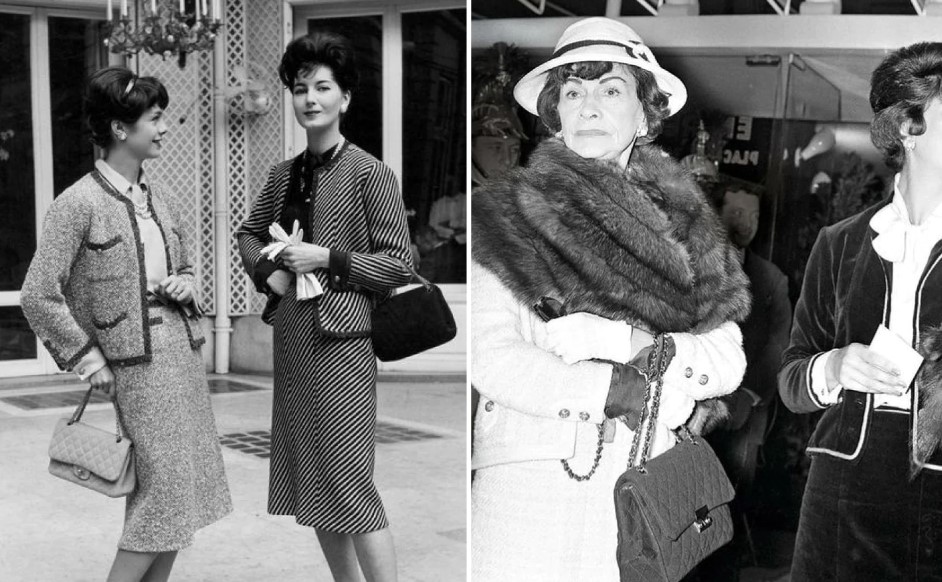
Handbags have been around for centuries, but their purpose and popularity has changed drastically over time. From functional to fashionable and everything in between, handbags have come a long way and are now a staple accessory in any wardrobe. In this blog post, we’ll be taking a look at the history of handbags as they evolved from simple bags used as utilitarian storage to statement pieces that evoke style and luxury. We’ll explore the different materials used throughout history, how production methods have changed and how handbags have become an iconic fashion staple. Let’s take a journey through time and discover more about the evolution of the humble handbag.
Early history of handbags
Handbags have been around for centuries, with the earliest known examples dating back to the 14th century. These early bags were often made of cloth or leather and were used to carry items like coins, keys, and other small personal belongings. By the 16th century, handbags had become more decorative, with many featuring intricate embroidery or beading.
The 17th and 18th centuries saw a continued trend of more decorative handbags, often made from luxurious materials like silk or velvet. It was during this time that the term “purse” began to be used to describe these small hand-held bags. The 19th century brought about a new style of handbag known as the reticule. These were smaller than previous purses and often had a drawstring closure. They were very popular during this time period and were often decorated with beads or fringes.
The early 20th century saw a return to larger handbags, which became known as “carryalls”. These were often made from canvas or other sturdy materials and were used to carry everything from books to babies! The bags continued to grow in size throughout the mid-20th century until they reached their current size in the late 1970s. Today, there are all sorts of different handbags available, from small evening clutches to large totes and everything in between!
Handbags in the 18th and 19th centuries
The 18th and 19th centuries saw a dramatic increase in the popularity of handbags. Women began to carrying them more often as they became a symbol of status and wealth. The most popular style of handbag during this time was the reticule, which was a small, drawstring bag. They were often made of silk or other fine fabrics and decorated with beads, sequins, and embroidery. Reticules were usually worn on special occasions or when a woman was going out in public.
Purses also became increasingly popular during this time period. They were often made from the same materials as handbags and reticules, but were generally larger in size. Purses were designed to hold more items, such as a woman’s personal belongings, money, and even a small book or fan.
The popularity of handbags continued to grow throughout the 19th century. New styles and designs emerged, such as the clutch bag and shoulder bag. The 20th century would see even more changes in the world of handbags.
20th century handbags
Handbags have been around for centuries, but it wasn’t until the early 20th century that they began to be seen as a fashion accessory. The first designer handbags were created in the 1920s, and they quickly became a must-have item for stylish women.
Today, there are countless different styles of handbags available, from small clutch bags to large tote bags. And while the designs have changed significantly over the years, one thing remains the same: handbags are an essential part of any woman’s wardrobe.
21st century handbags
The 21st century has seen a dramatic shift in the style of handbags. In the early 2000s, “it” bags such as the Juicy Couture velour tracksuit and the Louis Vuitton monogram canvas were all the rage. These bags were often seen as status symbols, and women would spend thousands of dollars on them.
However, by the mid-2000s, this style of handbag had fallen out of favor. Women began to prefer more understated and practical bags. The rise of online shopping also made it easier to find affordable handbags that didn’t sacrifice quality or style.
Today, there are endless options when it comes to handbags. From designer labels to fast fashion brands, there’s something for everyone. And with so many choices, it’s easy to find a bag that perfectly suits your needs and personal style.
The future of handbags
Handbags have been around for centuries and their design has evolved drastically over time. Today, handbags come in all shapes, sizes and colors. But what does the future hold for these accessories?
Some believe that the future of handbags lies in sustainable and eco-friendly materials. With the negative impact of fast fashion on the environment, many designers are looking for ways to create sustainable collections that won’t hurt the planet. This could mean using recycled materials or investing in sustainable leather alternatives.
Others believe that handbags will become more functional and less about style. We already see this trend with the rise in popularity of backpacks and crossbody bags. As we lead busier lives, we need bags that can keep up with us and offer hands-free convenience. So expect to see more functional designs that still look good too!

